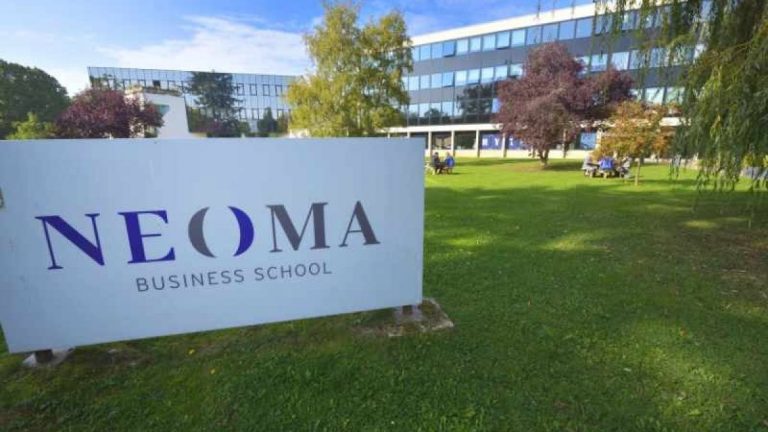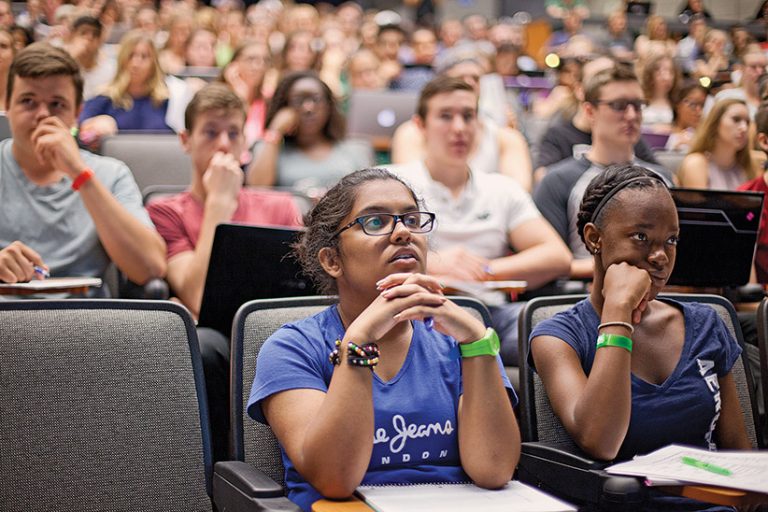Best Medical Schools in the US in 2022
Looking to see the ranking of the best Medicals Schools in the US in 2022, we have got the list.
1. Harvard University
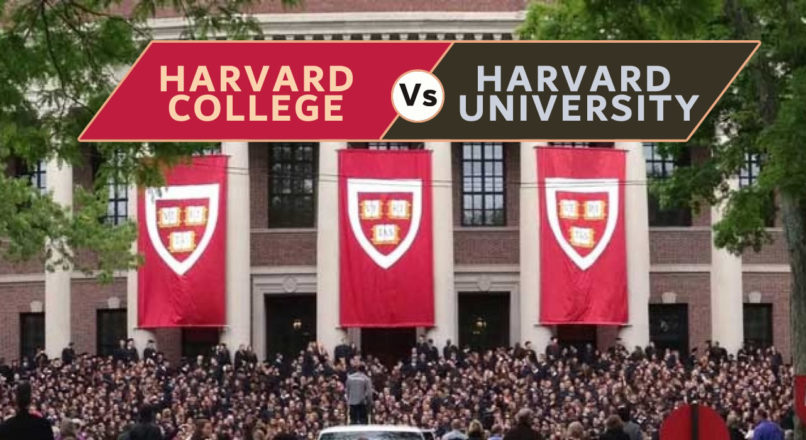
Harvard is one of the best medical schools in the US in 2022. Harvard is at the frontier of academic and intellectual discovery. Those who venture here—to learn, research, teach, work, and grow—join nearly four centuries of students and scholars in the pursuit of truth, knowledge, and a better world.
As a research university and nonprofit institution, Harvard is focused on creating educational opportunities for people from many lived experiences.
Harvard has 12 degree-granting Schools and the Harvard Radcliffe Institute. We also offer countless non-degree opportunities for professional and lifelong learners, including executive education, continuing education, and online courses.
They are focused on creating a vibrant community of belonging that pursues diversity, builds inclusion, and creates more equitable opportunities for learning.
2. New York University (Grossman)
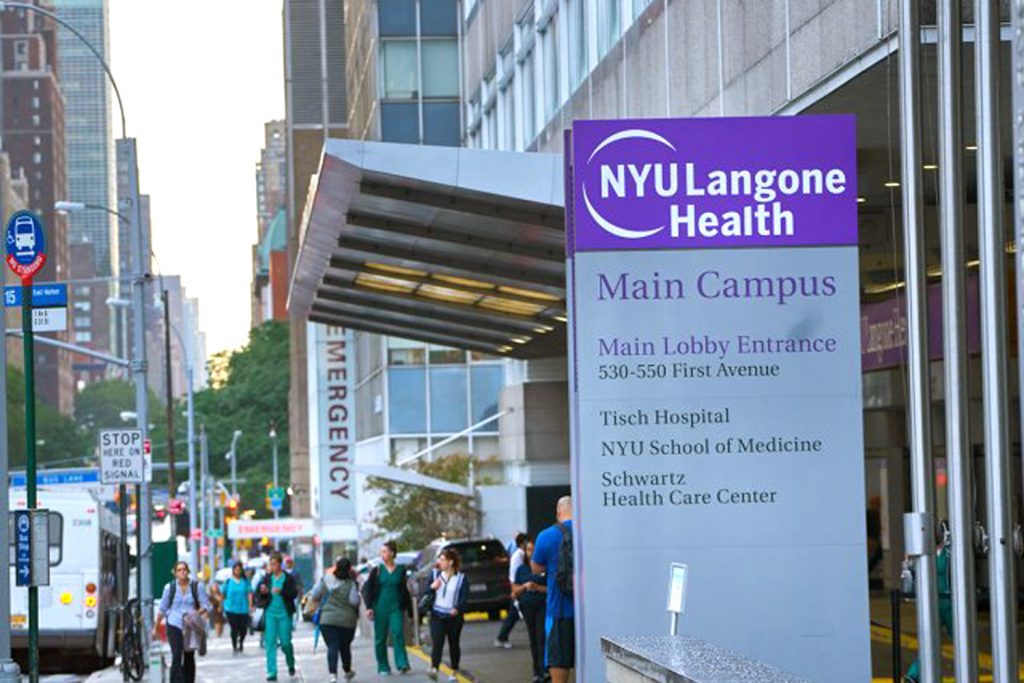
Since its founding in 1831, NYU has been an innovator in higher education, reaching out to an emerging middle class, embracing an urban identity and professional focus, and promoting a global vision that informs its 19 schools and colleges.
Today, that trailblazing spirit makes NYU one of the most prominent and respected research universities in the world, featuring top-ranked academic programs and accepting fewer than one-in-five undergraduates.
Anchored in New York City and with degree-granting campuses in Abu Dhabi and Shanghai as well as 11 study away sites throughout the world, NYU is a leader in global education, with more international students and more students studying abroad than any other US university.
NYU students come from nearly every state and 133 countries, and the university draws upon the diverse backgrounds of our faculty, staff, and students, ensuring its scholarship and teaching benefit from a wide range of perspectives.
NYU takes seriously its role as an engine of social mobility, and stands out among the top US universities in its representation of low-income and first-generation students within its community.
Now among the largest private universities in the US, NYU provides a rigorous, demanding education to more than 50,000 students and undertakes nearly $1 billion in research annually.
It counts among its faculty recipients of the highest scholarly honors and is a top producer of patents and revenue from licensing among US universities.
NYU has a vast network of alumni who have gone on to succeed across professions, from the sciences to the arts and government, throughout the world.
3. Duke University
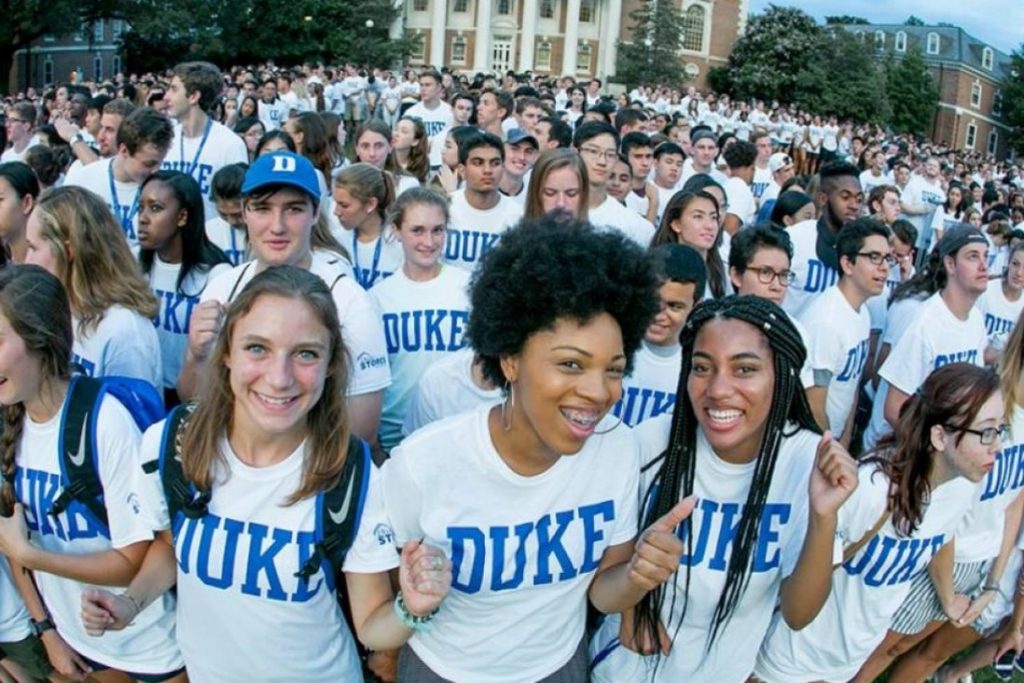
Duke University traces its origins to a small school that opened in 1838 in Randolph County, North Carolina.
Originally a preparatory school for young men called the Union Institute Academy, it was then chartered as a teaching college named Normal College by the state of North Carolina in 1851.
The school underwent another transformation in 1859 when it turned to the Methodist Church for financial support. Reflecting the new partnership, the school’s name changed to Trinity College.
From 1842 to 1882, Braxton Craven served as the principal and then president of the institution, overseeing its transition from a tiny schoolhouse to a full-fledged college.
Shortly before his death, he helped to establish the Cherokee Industrial School at Trinity College, one of numerous schools established in the United States to “westernize” indigenous students, in this case boys and young men from the Eastern Band of the Cherokee.
The School at Trinity lasted only a few years. It is worth noting that Craven enslaved several Black people prior to the Civil War, and that a number of other faculty and trustees were also enslavers.
4. Columbia University
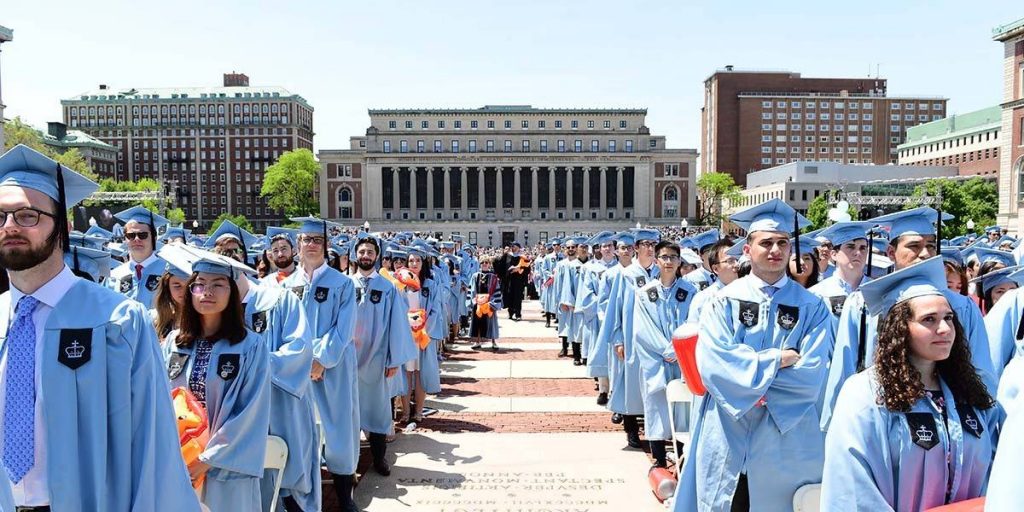
Columbia University is one of the world’s most important centers of research and at the same time a distinctive and distinguished learning environment for undergraduates and graduate students in many scholarly and professional fields.
The University recognizes the importance of its location in New York City and seeks to link its research and teaching to the vast resources of a great metropolis.
It seeks to attract a diverse and international faculty and student body, to support research and teaching on global issues, and to create academic relationships with many countries and regions.
It expects all areas of the University to advance knowledge and learning at the highest level and to convey the products of its efforts to the world.
5. Stanford University
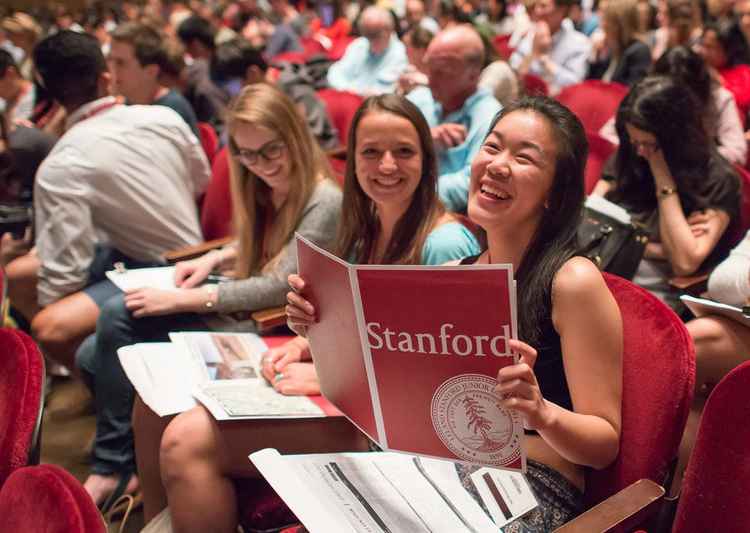
Stanford University’s campus is located within the traditional territory of the Muwekma Ohlone Tribe. The university has been engaged with Ohlone sites and communities since its founding in the mid-1880s. Today, the university has a vibrant community of Native students, faculty, staff, and alumni.
From the start, stewardship of the founders’ extraordinary land gift has helped support university endeavors, and has made room for a multiplicity of institutes, schools and laboratories that cross-fertilize each other with innovations that have changed the world.
Computer time-sharing, the first isolation of highly purified stem cells and the first synthesis of biologically active DNA, among many other breakthroughs, all originated at Stanford.
The early years were difficult, however, as even the Stanfords’ wealth proved inadequate to their vision. After her husband’s death, Jane Stanford kept the fledgling university open through her leadership.
The 1906 earthquake dealt a further blow, killing two people and destroying several campus buildings, some so new they had never been occupied.
6. University of California San Francisco
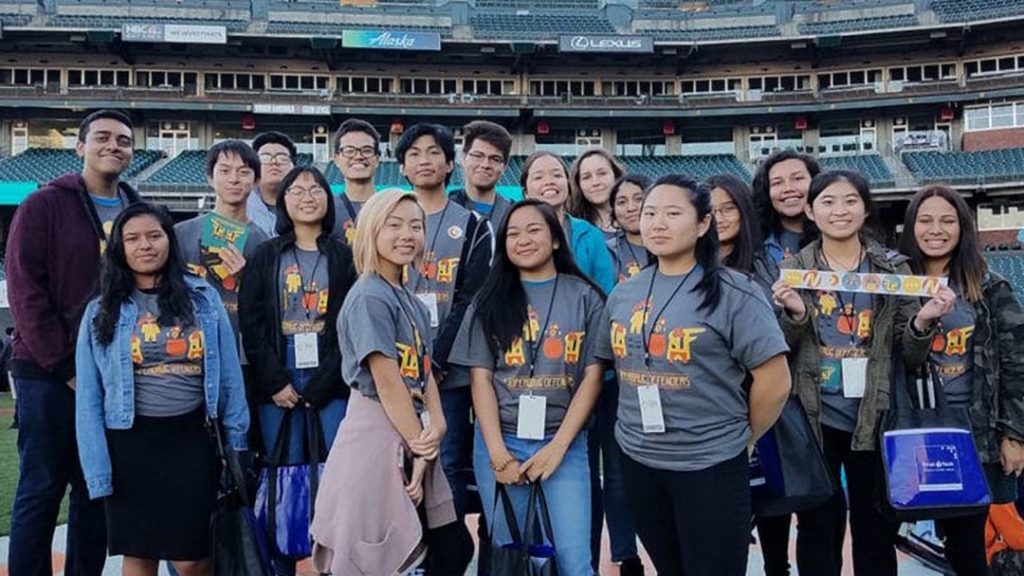
At UC San Francisco, we are driven by the idea that when the best research, the best teaching and the best patient care converge, we can deliver breakthroughs that help heal the world.
Excellence is in our DNA. From genomics and immunology to specialty care for women and children, UCSF brings together the world’s leading experts in nearly every area of health.
We are home to five Nobel laureates who have advanced the understanding of cancer, neurodegenerative diseases, aging and stem cells. Our hospitals and educational programs consistently rank among the best in the country, according to the latest surveys by U.S. News & World Report.
We are the leading university dedicated exclusively to the health sciences.
UCSF is part of the 10-campus University of California, the world’s premier public research university system, and the only of its campuses dedicated to graduate and professional education.
Driven by our public mission, we are a collection of dedicated scientists, clinicians, students and staff who strive to make the world a better place through our singular focus on health.
Compassion is as critical as discovery in fulfilling our mission to make a difference for individual patients and whole populations.
7. John Hopkins University
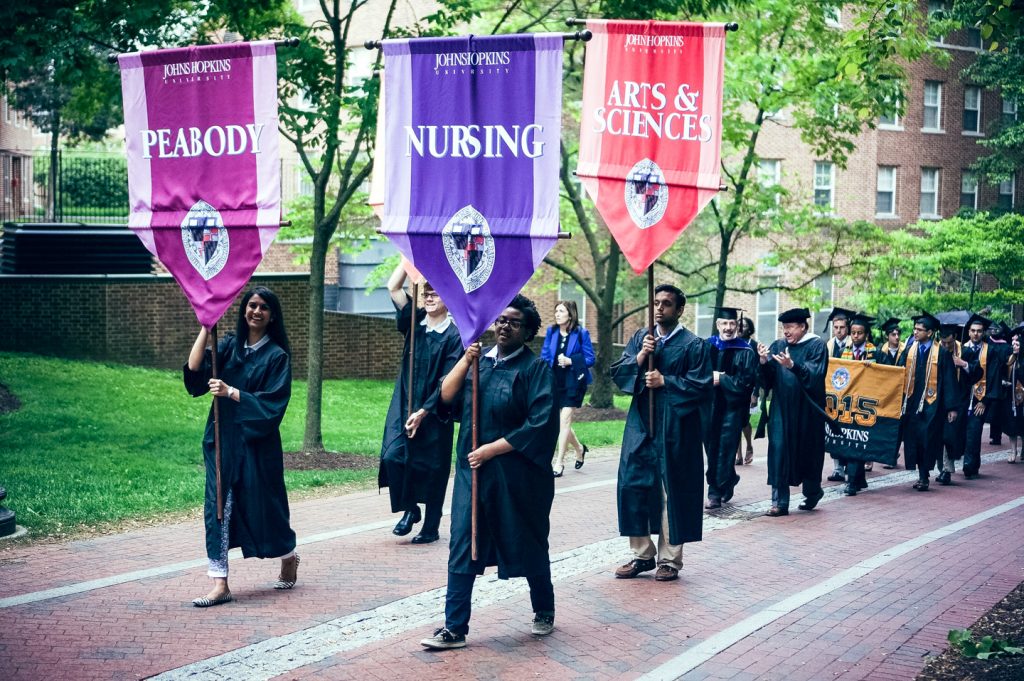
The university takes its name from 19th-century Maryland philanthropist Johns Hopkins, an entrepreneur with Quaker roots who believed in improving public health and education in Baltimore and beyond.
“Our simple aim is to make scholars, strong, bright, useful, and true,” Gilman said in his inaugural address.
In the speech, he defined the model of the American research university, now emulated around the globe. The mission he described then remains the university’s mission today:
To educate its students and cultivate their capacity for lifelong learning, to foster independent and original research, and to bring the benefits of discovery to the world.
Or, summed up in a simple but powerful restatement of Gilman’s own words: “Knowledge for the world.”
Johns Hopkins enrolls more than 24,000 full- and part-time students throughout nine academic divisions.
Their faculty and students study, teach, and learn across more than 400 programs in the arts and music, the humanities, the social and natural sciences, engineering, international studies, education, business, and the health professions.
8. University of Washington
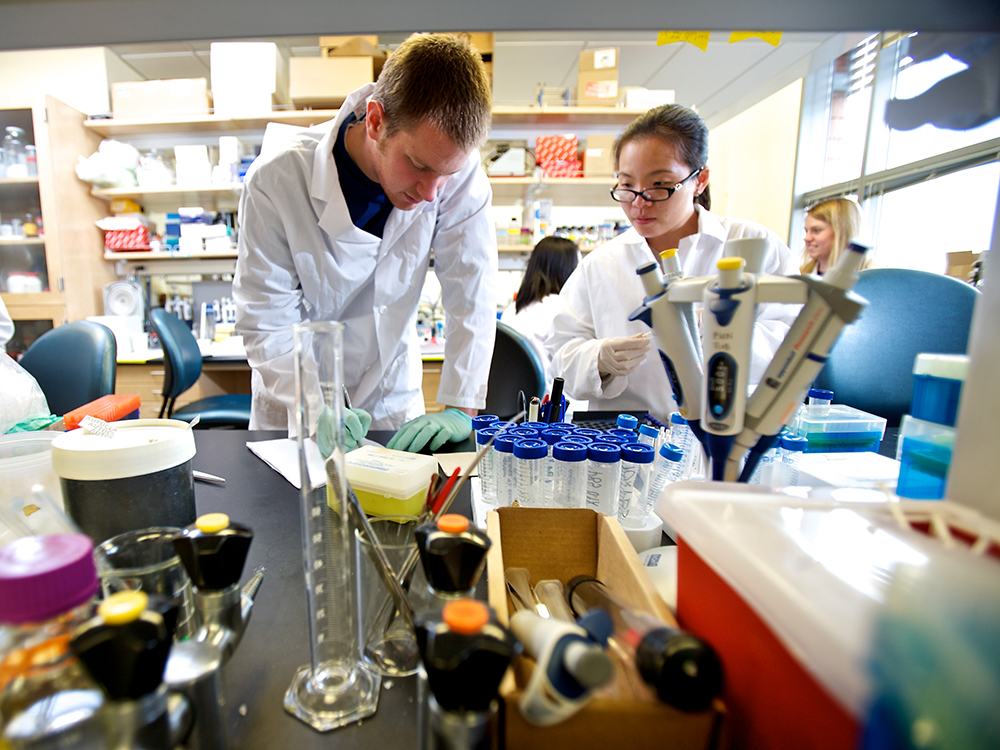
The UW School of Medicine is recognized as one of the nation’s top providers of medical education. The school is a leader in training of primary-care physicians and advancing medical knowledge through scientific research.
The UW is one of the world’s preeminent public universities. Their impact on individuals, our region and the world is profound — whether we are launching young people into a boundless future or confronting the grand challenges of their time through undaunted research and scholarship.
Ranked No. 14 in the world on the 2019 Academic Ranking of World Universities, the UW educates more than 54,000 students annually. We turn ideas into impact and transform lives and our world. For more about our impact, visit our news site, UW News.
So what defines our students, faculty and community members? Above all, it’s our belief in possibility and our unshakable optimism. It’s a connection to others near and far.
It’s a hunger that pushes us to tackle challenges and pursue progress. It’s the conviction that together they can create a world of good. Join us on the journey.
9. Yale University
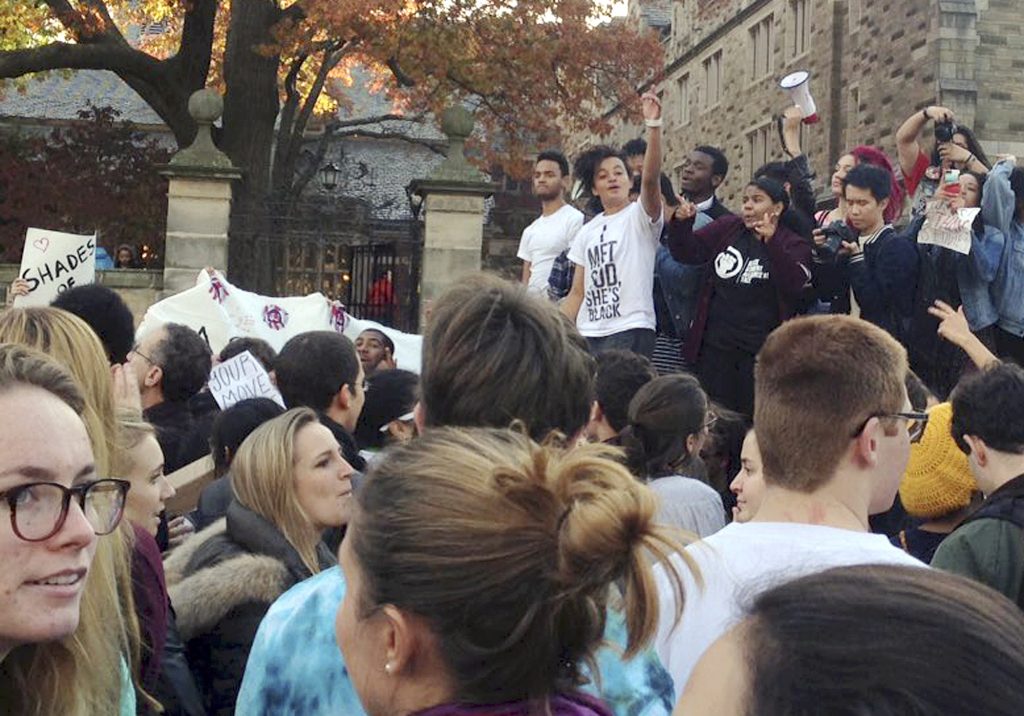
Since its founding in 1701, Yale has been dedicated to expanding and sharing knowledge, inspiring innovation, and preserving cultural and scientific information for future generations.
Yale’s reach is both local and international. It partners with its hometown of New Haven, Connecticut to strengthen the city’s community and economy.
And it engages with people and institutions across the globe in the quest to promote cultural understanding, improve the human condition, delve more deeply into the secrets of the universe, and train the next generation of world leaders.



